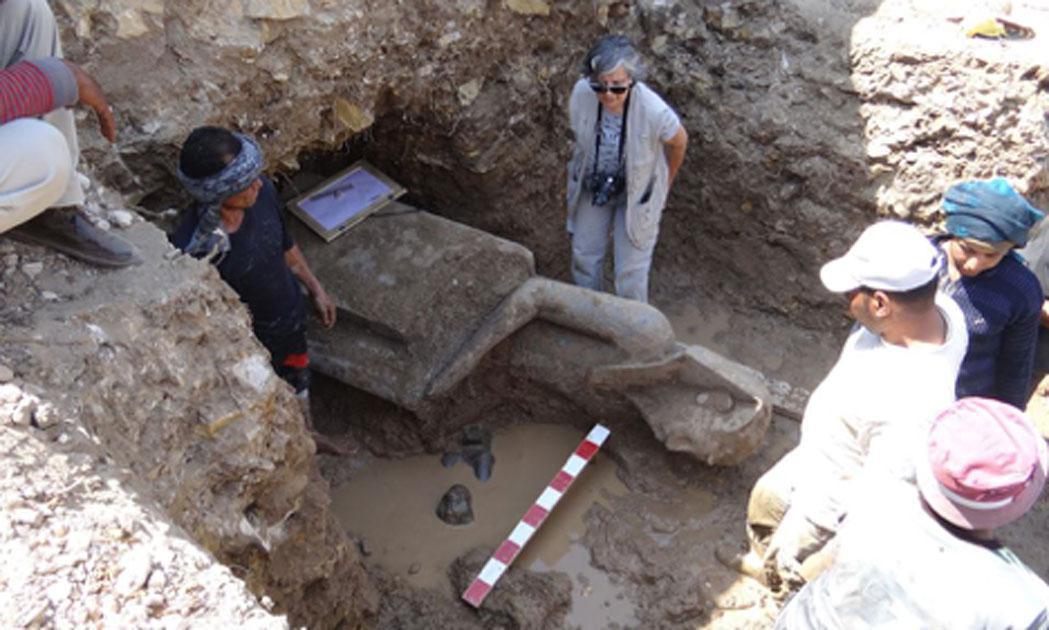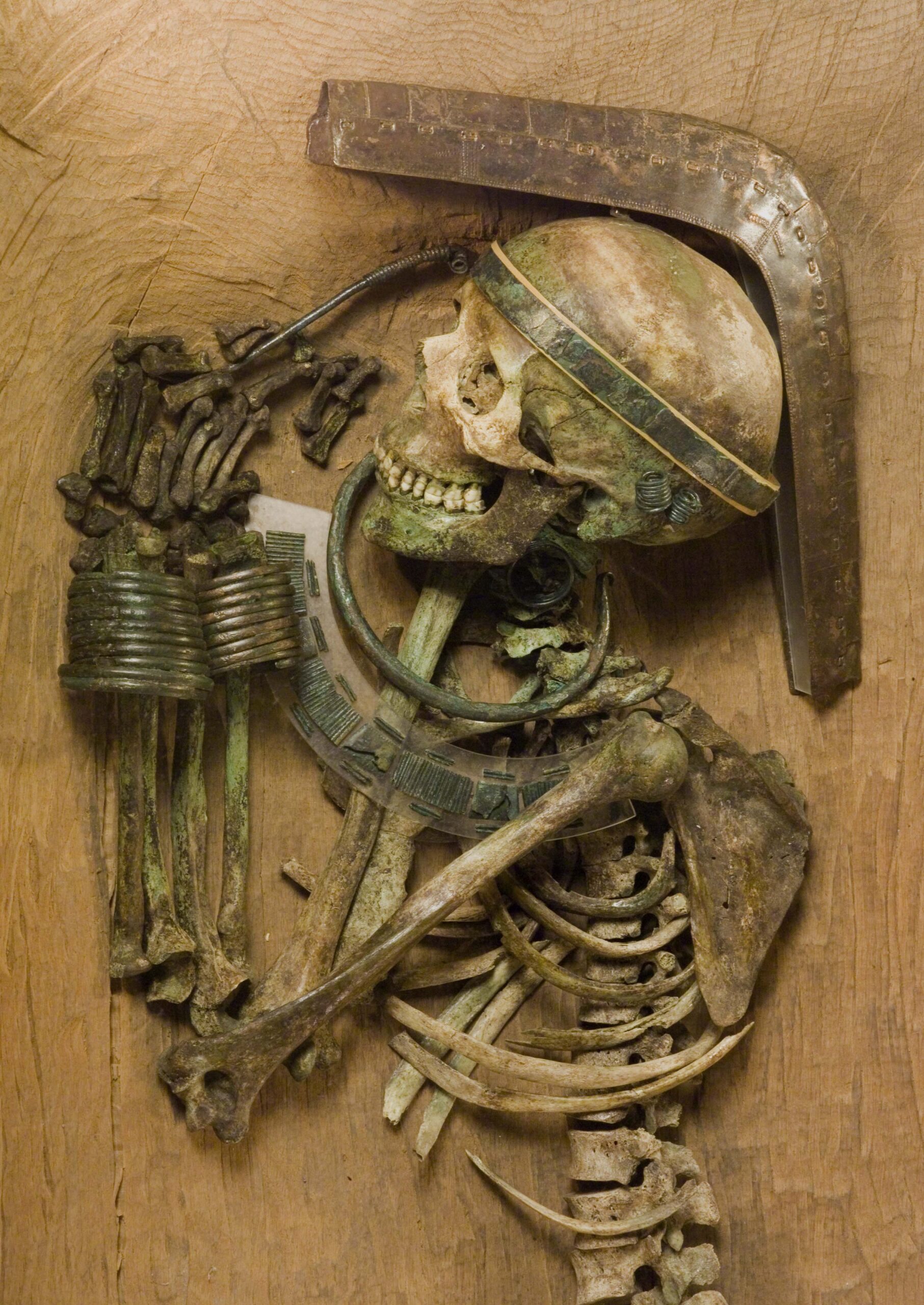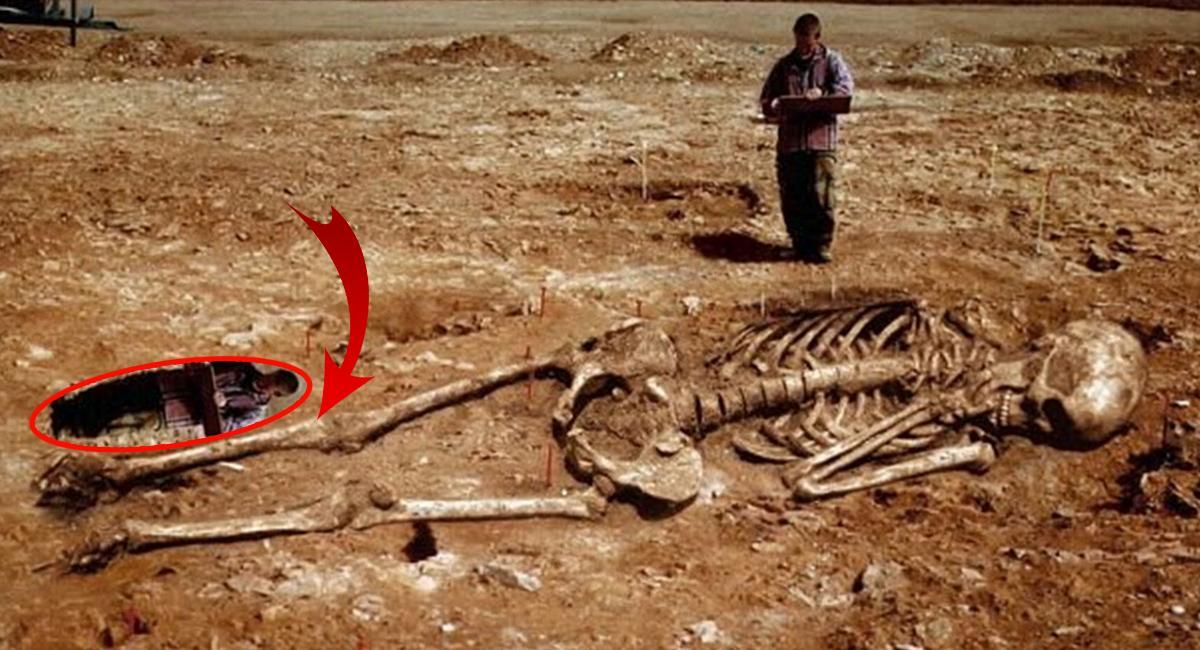Egypt’s ancient animal mummies have a secret: many of them are fakes. Analyzing more than 800 mummies, ranging from cats to crocodiles, scientists found about a third of them contained no animal remains at all.
Instead, they were filled with mud, sticks, feathers, egg shells and other materials. Another third contained partial remains and the rest were complete animals, according to researchers at the University of Manchester.
While they knew that some animal mummies didn’t contain complete skeletons, the researchers were surprised when X-rays and CT scans revealed that incomplete mummies were the norm.
“It probably didn’t matter what was inside of them,” Lidija McKnight, an Egyptologist on the research team, told NBC News. “It was more about what they represented.”

For a mummified bird, a few feathers or some mud collected from a sacred site might be an acceptable substitute for a complete skeleton. These mummies served as religious offerings to the gods, a practice that lasted for 1,200 years and supported an entire industry of farms that raised and killed animals for mummification.
“It’s similar to how Christians might offer a votive candle in a church,” she told NBC News. “You light a candle to ask for help or say thank you for something that has already happened. It was a way for normal people to communicate with the gods.”

From 800 B.C. to 400 A.D., people would mummify just about any animal, including creatures like snakes and baboons.
“There is barely an animal exists that hasn’t been found mummified,” McKnight told NBC News.
Her research will be featured Monday night on BBC’s “Horizon.”




